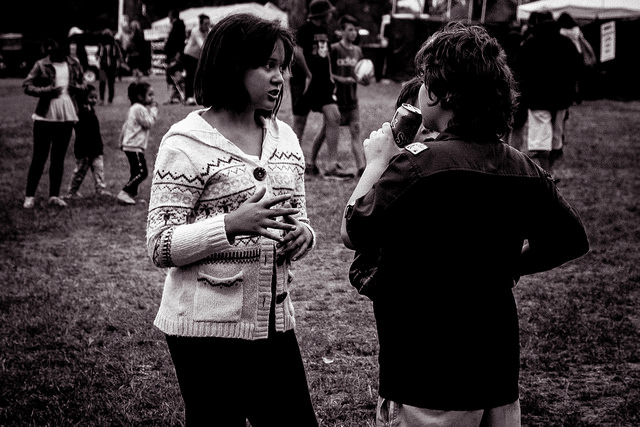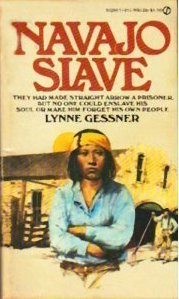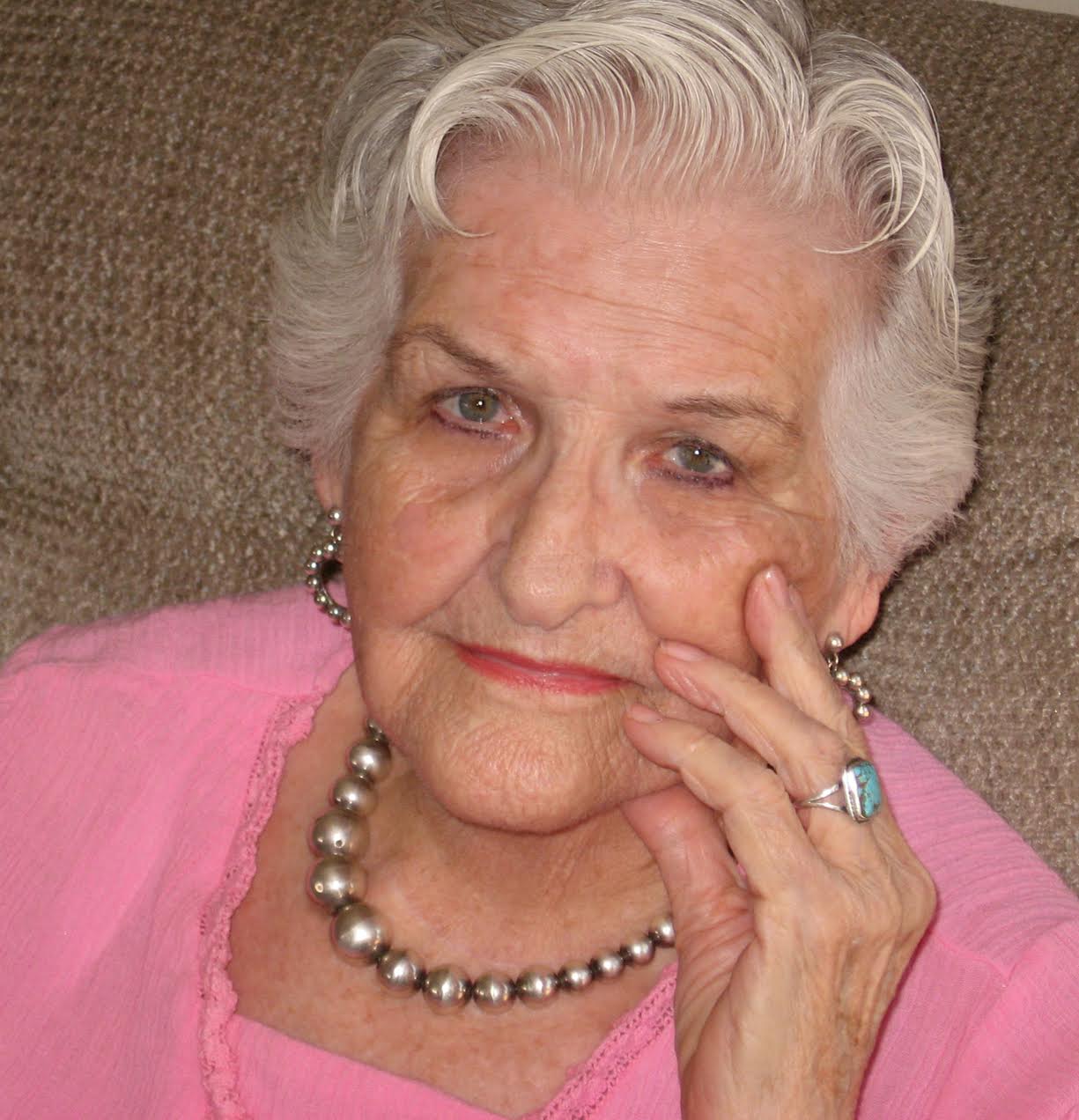Essay by Lynne Gessner
How to Get Inside Your Characters—and Leave the Author Behind
Editor’s Note: Lynne Gessner, now in her mid-nineties, was writing novels for children and teens a good five decades ago. The well-honed writing tips that follow come to TW with the help of her friend and former student Dianne Post. This special feature also includes a profile of Gessner, interviewed by Fran Cronin, in a sidebar at the end.
 What do editors mean when they say a story has no distinct voice? Occasionally, in my early days of writing, some editors were kind enough to make a notation on my reject—“no distinct voice” or variations of that. I thought it meant the story needed more dialogue, so I had my people speak more. Still, I got the “no distinct voice” comment. Finally, I learned that “voice,” as they defined it, dealt not only with the speaking voice but also with the silent one.
What do editors mean when they say a story has no distinct voice? Occasionally, in my early days of writing, some editors were kind enough to make a notation on my reject—“no distinct voice” or variations of that. I thought it meant the story needed more dialogue, so I had my people speak more. Still, I got the “no distinct voice” comment. Finally, I learned that “voice,” as they defined it, dealt not only with the speaking voice but also with the silent one.
The personality of the protagonist dictates the way he or she speaks and acts, whether that person is dynamic, timid, artistic, gentle, gruff, outgoing, or pessimistic. In the action scenes, these traits should come through in the way the character speaks and behaves. But the moment some authors move from action to narration, a sort of mental paralysis sets in and they tell what a character is thinking, thereby eliminating his or her silent voice.
Let me explain what I mean by silent voice. There are various types of narration. One is the short scene that prepares a reader for the next action. For example, in a hypothetical story of mine, Jake is a tough, blunt-talking narcotics cop who’s dedicated to his job of getting pushers behind bars. Here’s a possible narrated scene:
Jake saw someone dash across the empty lot. Fury filled him as he recognized Tony. Darn it. Somehow, the drug pusher had escaped, but Jake wasn’t about to let him get away so he could destroy more lives. He’d kill him if he had to, even if the captain didn’t approve.
These aren’t Jake’s thoughts. For one thing, the sentences are too long for a blunt-speaking man. It’s the author’s bland narration, where we’re told he’s furious. The only words that come close are “darn it.” Let’s redo this with Jake’s silent voice:
Sudden movement drew Jake’s attention and he darted to the window. Damn! Tony escaping again—gallumping across the empty lot! By God, he’d kill that slime-bucket if he had to. To hell with the captain. Let him disapprove.
A second type of narration deals with emotion, and it’s another place aspiring authors often lose the character’s voice. In an unpublished novel of mine, Cory is close to his brother Andy and has to design a home they’d planned to build together. I could have simply described the following scene like so:
Cory looked at the finished home. This was to have been a celebration—a dream come true for himself and his brother. The home was completed, but Andy wasn’t here. He had died when his horse failed a dangerous jump.
But nothing of Cory’s nature comes through. Now, let’s get inside his head to hear those thoughts and feel his sadness:
Cory glanced around the living room as he ran his fingers along the walnut windowsill. Like satin—like expensive satin. No sleazy construction, this, Andy. Only the best. Only the best, just like you wanted it. This is for you, every beam, every nail, every drop of sweat. Damn you, why aren’t you here? Tell me it’s good, or say it’s bad. Just don’t be dead. Not today. You and your horses. You had to make that jump. Oh damn, Andy, damn.
The third type of narration is the kind that incorporates flashbacks. I’ve taken the next example from the world of my 1970s novel Navajo Slave, which uses the “I” viewpoint of a ten-year-old Indian boy who yearns to be back on the reservation. I could have handled the following flashback in this way:
The hogan opened to the morning sun, like all hogans did. In the spring, I helped Grandmother tend sheep and take care of the garden. There was always a profusion of wildflowers and pinyon trees and puffy white clouds. Seeing beauty everywhere, and living in harmony with nature like we were supposed to do, was easy.
We’re only told he’s homesick. Also, he starts out with “the” hogan, which is impersonal. I doubt a ten-year-old would even think of a “profusion of wildflowers.” The sentences are far too long. This paragraph is pure author narration of cold facts. Let’s get inside the boy, as I did in the published novel, and feel his homesickness:
Our hogan opened to the morning sun. I still remember how on cold days I’d huddle in the doorway and feel the warmth. In the spring, Grandmother let me tag along when she took the sheep to graze. What wonderful stories she’d tell me—about how the Navajo came to be and about Changing Woman. I’d look up at the clouds and wonder if Changing Woman lived there. Sometimes, it scared me. From that high up, I just knew she could see everything I did. Come afternoon, I’d help Grandmother hoe the garden. I’d gather the squash and corn. Out there in all that empty space, there was such beauty—the wildflowers, the pinyon trees, and those sunsets. It was easy to live in harmony with nature like we were supposed to. Oh man, what I wouldn’t give to be back there right now.
A fourth type of narration involves writing description of place settings or time periods, especially if an author has done extensive research. The tendency is to cram in the facts. No wonder readers often skip description—they were with the character during action and dialogue, and suddenly the author steps in with dry facts. Anxious to get back to the action, readers skim the page until they find action again. Consider the following description of the Oregon Trail, based on my novel Danny:
Spreading as far as the eye could see, the flat prairie was nothing but waving grass, a brassy sun overhead, and the constant cloud of dust stirred up by the caravan. The incessant wind drove some of the women to hysteria, and the travelers plodded along, wondering if there was ever an end to the monotony.
Not only are the sentences too long (people usually have short bursts of thought), but also there’s no voice here. We don’t even know who’s seeing “as far as the eye can see.” No personality comes through, just a few dull facts.
Let’s choose two different characters. The first is an artist. I can rewrite the scene so it's viewed through this woman’s eye, as I did in the published novel:
There was something magnetic about the prairie to Rachel. In places she least expected to see beauty, there would be a cluster of wild primroses. Their lemon yellow leaves were like a dab of brilliant paint on a canvas of brown grass. Even the sun, hot and brassy, made sharp contrasts of light and shadow. If only she had her paints—what bold pictures she could create. The incessant wind had some women screaming in hysteria. Yet she saw the rolling waves it created in the grass. Yes, she hated the monotony of dust and endless traveling. But oh how she reveled in the strangeness all around her.
True, prairie travel in those days was horrendous, and maybe most members on that wagon train saw it as I first depicted it. But remember, it isn’t their story. It isn’t even my story. It’s Rachel’s story.
Now, let's say the protagonist is a cantankerous boat builder from Maine. He’s crossing the plains to start his boat business out on the Oregon coast. How does he see the prairie?
It seemed to Aaron that it had been a lifetime since he’d been near water. Certainly he couldn’t call this Platte River water. It was more like slime oozing over the land, and it tasted that way, too. The air was dry enough to shrivel a snake. And he hadn’t realized there was that much dust in the whole world. It was everywhere—in his nose and eyes, in the wheel axles, and in his food. God, what he wouldn’t give to see trees, hear creeks bubbling, and smell salty air. But no, it was roll, roll, roll—every day worse than the last.
When you create description through the character’s emotions and temperament, editors don’t usually delete it, and readers don’t skip it. And by constantly staying in your protagonist’s point of view, you get to know that individual better.
Learn to get yourself out of the story. You're writing it, but the viewpoint character is living it. If you remember that, the silent voice of your characters will be loud indeed.
Lynne Gessner: First-Generation YA Novelist
Profile by Fran Cronin
Gasping as the icy wind hit his muscular body, Straight Arrow raced across the new fallen snow....

So begins Lynne Gessner’s Navajo Slave, a Newbery Medal-nominated novel published in 1976. Gessner was then 57 years old, a wife, a mother of two, and an accomplished author of three other young adult books before receiving this nomination for the prestigious award. Between 1968 and 1979, she wrote eleven novels, including an adult western. The much-admired Navajo Slave (Signet) is the first in a series of YA books about her years living in the Southwest: Malcolm Yucca Seed (1977), To See a Witch (1978), and Danny (1979).
Now 96, Gessner calculates she’s been writing for over 85 years. In a phone interview I conducted with her last spring, she seemed as fiercely independent, strong-willed, and passionate about her work today as when she began writing as a little girl. Gessner, who currently lives in Scottsdale, Arizona, told me her career began when she started sending stories to her ailing father.
During our wide-ranging conversation, facilitated by her daughter Dianne Doyle, I asked Gessner how she’d juggled writing with being a wife and mother. Laughing, she said it was a standard family joke: “I’d get so involved with my work I’d forget about my family. When I heard [my husband’s] truck, I’d run into the kitchen and put onions on the stove so it seemed like I was cooking.” She usually served “fiction for supper,” Dianne adds. Gessner was married to her late husband Malcolm for 66 years.
Born in Banes, Cuba, in 1919 to American parents, Gessner spent her childhood in Cuba, Nicaragua, and Guatemala. She says her mother was an artist and her father an executive for several fruit companies. His work moved their family all through the West Indies—each of Gessner’s three siblings were born in a different country—until he died from tuberculosis when she was eight. Bonnie’s Guatemala Adventure (Putnam, 1970), her second book, is a retelling of her mother’s experience riding through the Guatemalan jungles on horseback while being pursued by rebels.
Gessner is an old-school, self-described “compulsive” author who wrote with pen on paper stories mostly extrapolated from her youth. Her fictional world has centered on the years she and her family lived on a Navajo trading post during the 1930s, after her mother remarried. As an adolescent white girl living on a reservation, Gessner says she understood well what it meant to be “the other.”
“I’d write about foreigners and show how to get along,” she notes. “There’s too much fighting in the world because of misunderstanding." Navajo Slave focuses on a boy and man learning how to make peace in their family, and it remains her favorite book.
Forty years ago, Gessner was lauded by the publishing industry. Today, her work is little known beyond a biographical listing in Contemporary Authors and as out of fashion as her use of the word “Indian” (although writers like Sherman Alexie have recently reclaimed it). Trends in YA and children's publishing have changed since Gessner’s first novels appeared, but her motivation for writing seems as fresh as ever.
“I write stories where children understand one another,” she says. The act of writing remains her greatest joy, and the letters she’s received over the years from young readers have been a bonus to doing what she’s loved.
As Gessner is quoted in Contemporary Authors, “Writers often talk of the loneliness or the isolation of writing. When I’m writing, I’m too absorbed in the lives of my characters to ever feel lonely.”
Art Information
- "The Talk" © Vincent Albanese; Creative Commons license.
 Lynne Gessner began writing in 1964 and has published eleven books, ten in the juvenile genre. Her novel Navajo Slave was nominated in 1976 for the Newbery award and optioned for a movie. In 1987, she was named Outstanding Arizona Author by Judy Goddard/Libraries, Ltd. Several of her books have been translated into German and Swedish or recorded for the blind. In addition, she has published more than a hundred articles and short stories.
Lynne Gessner began writing in 1964 and has published eleven books, ten in the juvenile genre. Her novel Navajo Slave was nominated in 1976 for the Newbery award and optioned for a movie. In 1987, she was named Outstanding Arizona Author by Judy Goddard/Libraries, Ltd. Several of her books have been translated into German and Swedish or recorded for the blind. In addition, she has published more than a hundred articles and short stories.
Gessner has lived in the Phoenix area since 1962 and taught writing at the community-college level for many years. In 2013, she self-published her latest book, My Muse and Me: Easy Lessons on Writing Creative Fiction Novels. It was edited by Dianne Post, who took classes with Gessner at Rio Salado College in Tempe, Arizona. This TW essay is a new work based on Gessner’s experience as a writing instructor—and we thank Post for her administrative help with it.

• • •
Fran Cronin is a contributing writer at Talking Writing. On January 6, 2014, she was inaugurated as a member of the Cambridge School Committee, beginning her two-year term. She is currently running for reelection.
